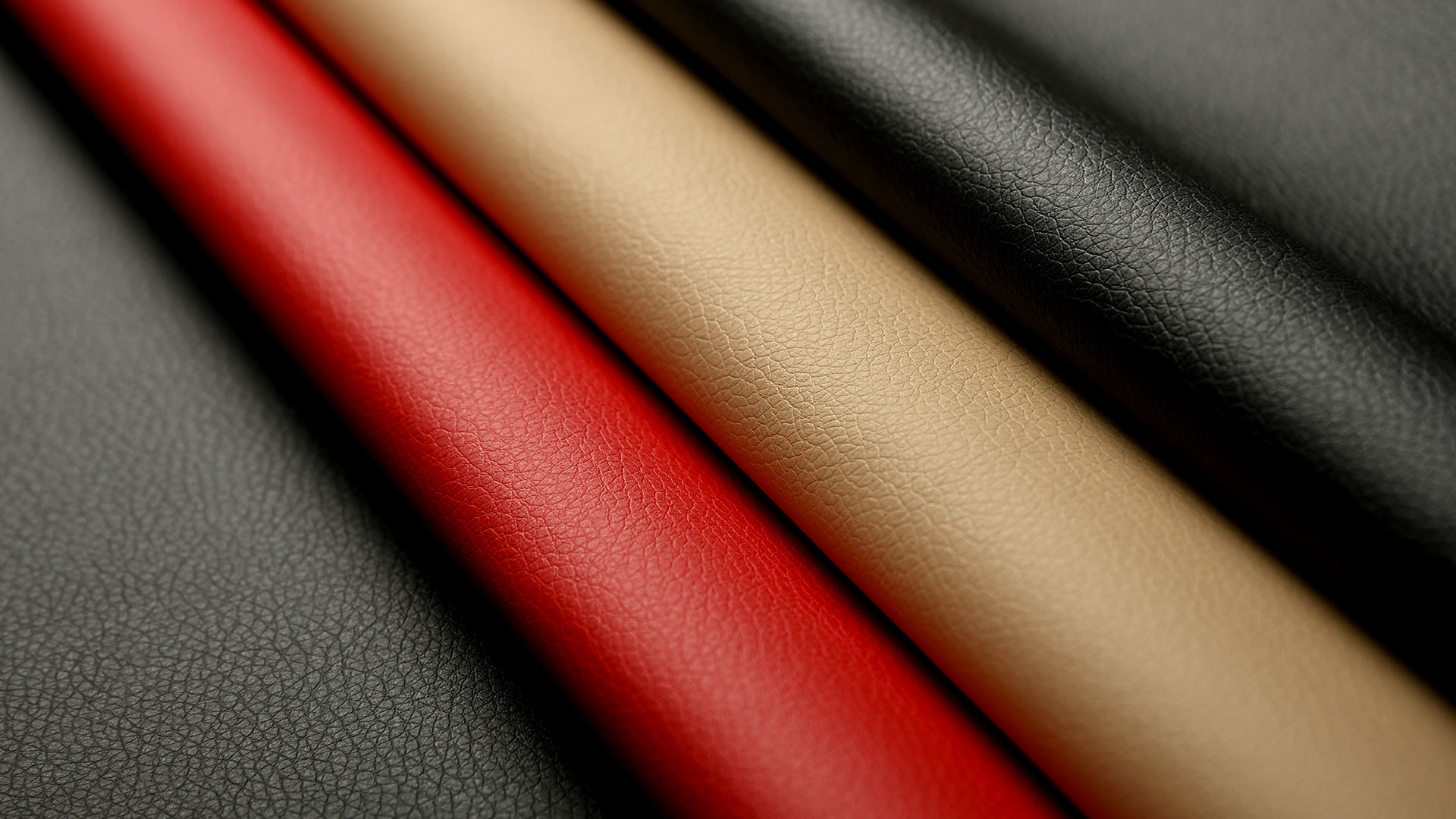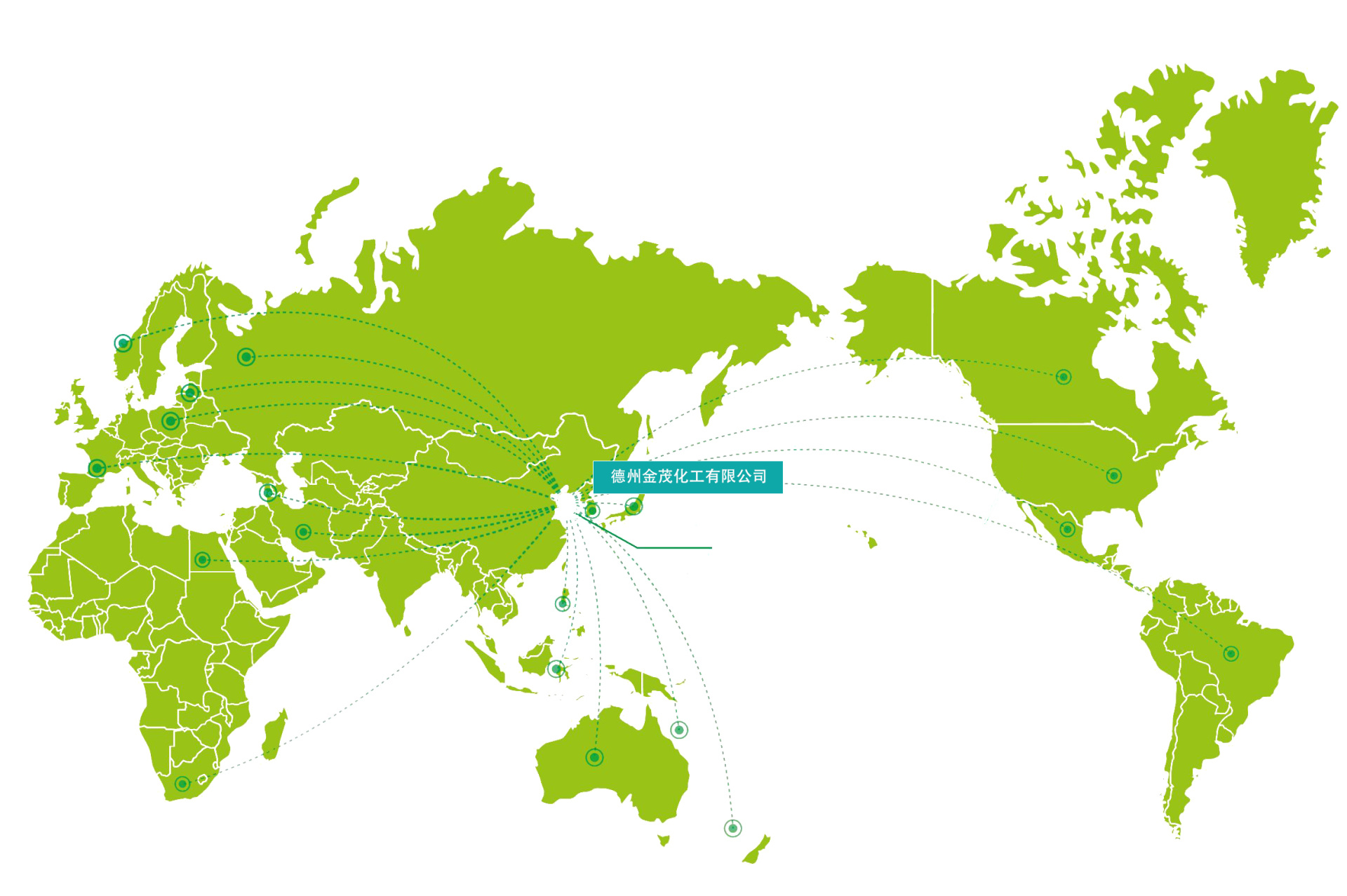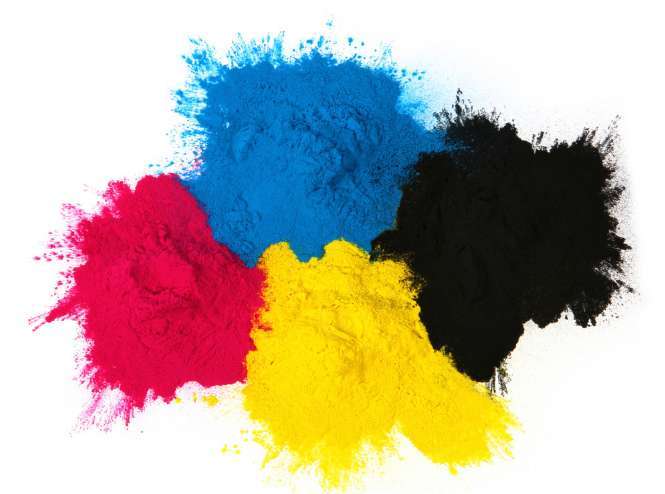Basic Knowledge of Acid Dyes
1.Acid DyesOverview
1.Acid DyesHistory:
In 1868, the earlierAcid DyestriphenylmethaneAcid Dyeswas introduced, with strong dyeing ability but poor fastness;
In 1877, an acid red A for wool dyeing was synthesized, and its basic structure was determined;Acid DyesAfter 1890, acid dyes with anthraquinone structures were invented.
So far, there are nearly a hundred types of acid dyes, widely used for dyeing fibers such as wool, silk, and nylon.
2.
Characteristics:Acid DyesThe acidic groups in acid dyes are generally sulfonic groups (-SO3H), which exist in the dye molecule in the form of sodium sulfonate (-SO3Na). Some dyes also use sodium carboxylate (-COONa) as acidic groups.
Acid DyesThey are characterized by good water solubility, bright colors, a complete color spectrum, simpler molecular structures compared to other dyes, and the absence of long conjugated coherent systems in the dye molecules, resulting in lower directness of the dyes.
2.
Classification of Acid DyesAcid Dyes1. According to the molecular structure of the dye matrix:
Azo (60%, wide color spectrum)
Anthraquinone (20%, mainly blue and green)
Three aromatic methanes (10%, purple, green)
Heterocyclic (10%, red, purple)
2. Classified by dyeing pH value:
Strong acid bath
Dyeing pH value 2.5-4, good light fastness, but poor wet processing fastness, bright colors, and good uniform dyeing;Acid DyesWeak acid bath
Dyeing pH value 4-5, the proportion of sulfonic groups in the dye molecular structure is slightly lower, thus having slightly poorer water solubility, better wet processing fastness than strong acid bath dyes, and slightly poorer uniform dyeing.Acid DyesNeutral bath
Dyeing pH value 6-7, the proportion of sulfonic groups in the dye molecular structure is lower, resulting in low dye solubility, poor uniform dyeing, and less bright colors, but high wet processing fastness.Acid Dyes3.
Related TermsAcid Dyes1. Color Fastness:
The ability of the color of textiles to resist various physical, chemical, and biochemical actions during the dyeing and finishing process and during use.
2. Standard Depth:
The recognized standard depth series defines medium depth as 1/1 standard depth. Colors of the same standard depth are perceived as equal psychologically, allowing for comparison of color fastness on the same basis. Currently, it has developed into six standard depths: 2/1, 1/1, 1/3, 1/6, 1/12, and 1/25.
3. Dyeing Depth:
Expressed as the percentage of dye quality to fiber quality (i.e., O.M.F), the dye concentration varies with different colors.
4. Color Change:
After certain treatments, the color of dyed fabrics changes in hue, depth, or brightness, or a combination of these changes.
5. Dyeing:
After certain treatments, the color of dyed fabrics transfers to adjacent linings, contaminating the linings.
6. Gray Scale for Evaluating Color Change:
In color fastness tests, the standard gray scale used to assess the degree of color change in dyed materials is generally referred to as the color change scale.
在色牢度试验中,用来评定染色材料变色程度的标准灰色样卡一般称为变色样卡。
Latest developments







